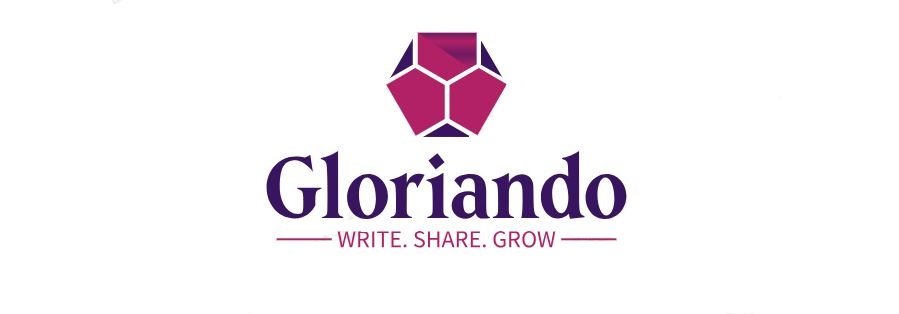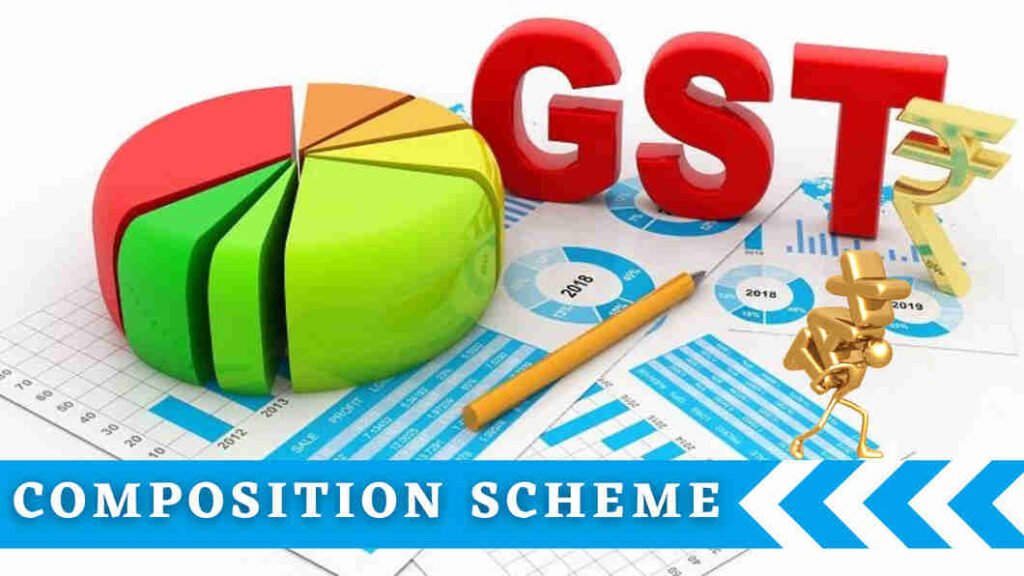The Goods and Services Tax (GST), introduced in India in 2017, has streamlined the indirect taxation system by bringing various taxes under one umbrella. Within the GST framework, businesses are provided with different compliance mechanisms to suit their operational needs and nature. Among these, the GST Composition Scheme and the Reverse Charge Mechanism in GST have emerged as two distinct provisions. While they serve entirely different purposes, they often come up for discussion together owing to their relevance in small businesses and special transactional scenarios.
This article delves into the key differences between these two GST provisions, providing an in-depth understanding of their applicability, benefits, and legal compliance requirements.
Overview of the GST Composition Scheme
The GST Composition Scheme is a simplified taxation mechanism designed specifically for small taxpayers who want to escape the complexities associated with normal GST filings. It allows eligible businesses to pay GST at a much lower rate compared to the standard GST rates. In return, these businesses face some restrictions, such as limits on interstate trade and non-eligibility for the Input Tax Credit (ITC).
Characteristics of GST Composition Scheme
- Lower Tax Rates: Businesses opting for the GST Composition Scheme pay tax at reduced rates, typically ranging from 0.5% to 6%, depending on their category (manufacturers, traders, or restaurants).
- Turnover Threshold: Only businesses with an annual turnover of up to ₹1.5 crore (₹75 lakhs in some specific states) are eligible for this scheme.
- Simplified Compliance: Businesses under this scheme aren’t required to file monthly GST returns. Instead, they are obligated to file quarterly returns (CMP-08).
- Eligibility Restrictions: Businesses engaged in interstate supplies, e-commerce, or supplying non-taxable goods are not allowed to opt for this scheme. Additionally, it is applicable only for B2C transactions.
- No Input Tax Credit (ITC): Entities under the Composition Scheme cannot claim ITC on the tax paid for purchases.
Overview of Reverse Charge Mechanism in GST
The Reverse Charge Mechanism in GST is a framework where the recipient (buyer) of goods or services is responsible for paying the GST instead of the supplier. It is primarily intended for unregistered suppliers, certain categories of goods and services, and specific taxable transactions defined by the GST Council.
Characteristics of Reverse Charge Mechanism in GST
- Shift in Tax Liability: Unlike the regular tax system where the supplier pays the tax, the RCM shifts the responsibility to the recipient.
- Applicability: It is applicable in two scenarios: a) Goods and services specified by the GST Council; and b) Procurement from unregistered suppliers (subject to certain conditions).
- Mandatory Compliance: Businesses liable for RCM are obligated to pay GST directly to the government and cannot pass on this liability to the supplier.
- Input Tax Credit: Businesses paying GST under RCM can claim ITC on such payments, subject to fulfillment of required conditions.
- Invoice Generation: Taxpayers are required to self-generate invoices for purchases or services obtained under RCM to comply with GST laws.
Key Differences Between GST Composition Scheme and Reverse Charge Mechanism in GST
Although both the GST Composition Scheme and the Reverse Charge Mechanism in GST are part of the GST framework designed to address specific needs, they are fundamentally different in their scope, application, and compliance requirements. Below are the major parameters distinguishing these two provisions:
1. Applicability
- GST Composition Scheme: This scheme is only applicable to registered small businesses such as manufacturers, traders, and restaurants whose annual turnover does not exceed ₹1.5 crore (₹75 lakhs in specified states).
- Reverse Charge Mechanism: RCM applies to specific transactions regardless of the turnover criteria. It is used for purchases from unregistered suppliers, certain specified goods and services, and other unique scenarios as per the GST regulations.
2. Purpose
- GST Composition Scheme: The primary purpose of this scheme is to simplify compliance and reduce tax burdens for small players in the market who cannot cope with the complexity of regular GST filings.
- Reverse Charge Mechanism: RCM exists to ensure GST collection in cases where suppliers are unregistered or transactions come under the ambit of specified categories. It ensures the government doesn’t lose revenue due to gaps in the taxation chain.
3. Tax Liability
- GST Composition Scheme: Under this scheme, the tax liability is lower and fixed as a percentage of the turnover (e.g., 0.5%, 1%, or 6%).
- Reverse Charge Mechanism: RCM requires the recipient to pay tax at the applicable GST rate for the concerned goods or services. These rates are typically standard rates, which can be 5%, 12%, 18%, or 28%, depending on the nature of the transaction.
4. Filing of GST Returns
- GST Composition Scheme: Compositional taxpayers file quarterly returns using the CMP-08 form and a simplified annual return using GSTR-4. They are exempt from the monthly GST return requirements applicable to regular taxpayers.
- Reverse Charge Mechanism: Businesses under RCM need to report reverse charge liabilities in their monthly GST return (Form GSTR-3B).
5. Input Tax Credit (ITC)
- GST Composition Scheme: Businesses under the Composition Scheme cannot claim ITC for any purchase or input costs. The scheme is designed for simplicity and does not cover ITC provisions.
- Reverse Charge Mechanism: Under RCM, the recipient can usually claim ITC on GST paid under the reverse charge framework after fulfilling specific criteria.
6. Eligibility Restrictions
- GST Composition Scheme: This scheme is not available for businesses engaged in interstate supplies or e-commerce, those supplying non-taxable goods, or service providers (except restaurants).
- Reverse Charge Mechanism: RCM is case-specific and can apply to any business regardless of size or type as long as the transaction meets the stipulated conditions.
7. Complexity
- GST Composition Scheme: The scheme simplifies compliance for small businesses, reducing the need for detailed record-keeping and multiple filings.
- Reverse Charge Mechanism: RCM introduces additional compliance requirements as taxpayers must self-generate invoices and monitor taxable transactions closely.
Similarities Between GST Composition Scheme and Reverse Charge Mechanism in GST
Despite their inherent differences, the GST Composition Scheme and the Reverse Charge Mechanism in GST share some common aspects:
- Part of GST Framework: Both provisions are integral parts of the GST regime, aimed at addressing specific operational and tax collection needs.
- Elimination of Tax Evasion: Both provisions help in reducing tax evasion — the Composition Scheme simplifies compliance while RCM ensures taxation on transactions involving unregistered suppliers or specific activities.
- Target Small Businesses: While the Composition Scheme is explicitly designed for small businesses, RCM often impacts small or micro businesses when purchasing goods or services from unregistered entities.
- No Double Taxation: Neither scheme causes double taxation. Under the Composition Scheme, taxes are applied at concessional rates. Under RCM, the recipient pays tax only once and can claim ITC subject to conditions.
Advantages of GST Composition Scheme
- Simplified Tax Payments: Businesses enjoy significant simplification in tax reporting processes, easing administrative burdens.
- Cost Reduction: A lower tax rate saves costs for small businesses.
- Ease of Operation: The scheme reduces the need for intricate documentation and compliance requirements.
Advantages of the Reverse Charge Mechanism in GST
- Ensures Tax Collection: RCM ensures tax collection from unregistered suppliers or specified transactions that might otherwise go untaxed.
- ITC Eligibility: Businesses can claim ITC on taxes paid under the RCM framework.
- Legal Compliance: Mandatory reverse charge payments ensure businesses comply with laws and avoid penalties.
Disadvantages of GST Composition Scheme
- No ITC Availability: Businesses under this scheme lose the benefit of claiming Input Tax Credit.
- Limited Operations: Traders cannot engage in interstate supplies or e-commerce activities, restricting business growth.
Disadvantages of Reverse Charge Mechanism in GST
- Higher Administrative Efforts: The need to generate self-invoices and track transactions increases compliance burdens.
- Immediate Tax Payments: RCM requires businesses to pay GST upfront, affecting liquidity.
- Complexities in Reporting: Businesses need to report reverse charge liabilities accurately in their GST filings.
Conclusion
The GST Composition Scheme and the Reverse Charge Mechanism in GST are two distinct provisions addressing unique needs within India’s GST framework. While the former simplifies taxation for small businesses, the latter ensures accountability in transactions involving unregistered suppliers or specified services. Businesses must carefully evaluate their eligibility and operational requirements before opting for the GST Composition Scheme or complying with RCM provisions.
Understanding these mechanisms and their differences can help businesses maintain smooth operations, reduce compliance burdens, and optimize tax liabilities in line with GST law.

